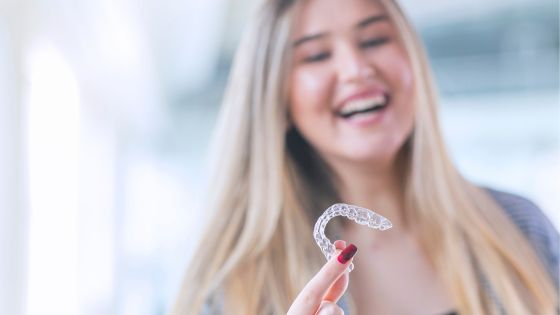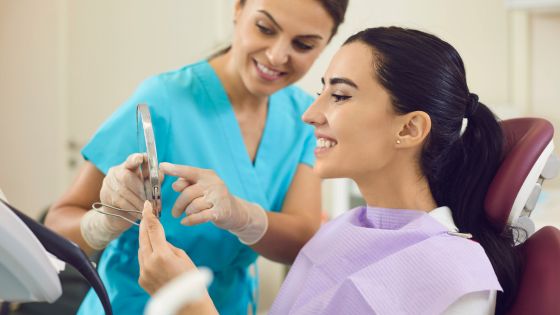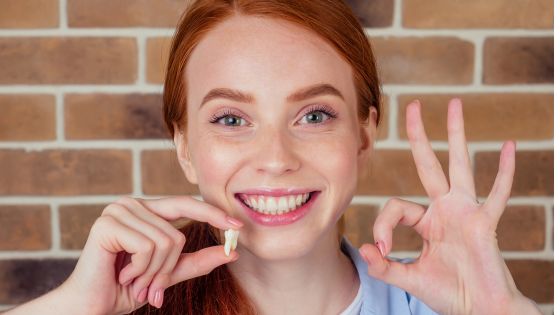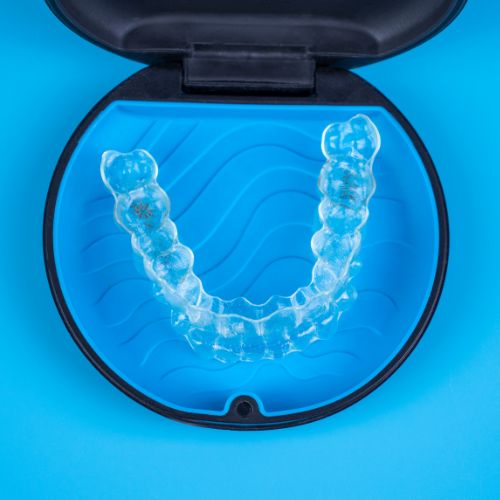Straighten Your Smile with Invisalign
Straighten Your Smile with Invisalign: Discreet Orthodontic Treatment in St. Pete
A confident smile can transform your entire demeanor, but many people shy away from orthodontic treatment due to concerns about the appearance and inconvenience of traditional braces. However, advancements in orthodontic technology have led to innovative solutions like Invisalign, offering discreet and convenient straightening options. In St. Pete, individuals seeking to enhance their smiles can now turn to Invisalign for effective orthodontic treatment without the drawbacks of traditional braces.
Understanding Invisalign:
Invisalign is a revolutionary orthodontic treatment that uses clear, removable aligners to gradually straighten teeth and correct bite issues. Unlike traditional braces, which rely on metal brackets and wires, Invisalign aligners are virtually invisible and offer greater comfort and flexibility. Each set of aligners is custom-made to fit snugly over your teeth, gently shifting them into the desired position over time.
The Invisalign Process:
The journey to a straighter smile with Invisalign begins with a consultation with a qualified orthodontist or dentist in St. Pete. During this initial visit, your provider will assess your dental needs and determine if Invisalign is the right treatment option for you. If so, they will take digital impressions of your teeth to create a personalized treatment plan.
Using advanced 3D imaging technology, your provider will map out the precise movements of your teeth throughout the treatment process. Based on this plan, a series of custom aligners will be fabricated specifically for you. Each set of aligners is worn for about two weeks before being replaced with the next set in the series, gradually guiding your teeth into their desired positions.
The Benefits of Invisalign:
One of the most significant advantages of Invisalign is its discreet nature. The clear aligners are virtually invisible when worn, allowing you to straighten your smile without drawing attention to your orthodontic treatment. This makes Invisalign particularly appealing to adults and teens who may feel self-conscious about wearing traditional braces.
In addition to its aesthetic benefits, Invisalign offers greater comfort and convenience compared to traditional braces. The aligners are removable, allowing you to eat, drink, brush, and floss with ease. There are no dietary restrictions or special cleaning routines required, making it easier to maintain good oral hygiene throughout the treatment process.
Furthermore, Invisalign typically requires fewer office visits than traditional braces, as there are no adjustments to wires or brackets. You’ll simply visit your St. Pete dentist or orthodontist periodically to ensure that your treatment is progressing as planned and to receive your next set of aligners.
Life with Invisalign:
Living with Invisalign is simple and straightforward. While wearing your aligners for at least 20-22 hours a day is essential for optimal results, you can remove them for special occasions or when eating or drinking anything other than water. With proper care and compliance, you’ll be able to enjoy all your favorite foods and activities without interruption.
Throughout your treatment journey, you’ll notice gradual improvements in your smile as your teeth move into alignment. Many patients begin to see results within a few months, although the total duration of treatment varies depending on the complexity of your case. Your St. Pete provider will monitor your progress closely and make any necessary adjustments to ensure that you achieve the best possible outcome.
Contact Us Today!
Invisalign offers a discreet, convenient, and effective solution for straightening your smile in St. Pete. With its clear aligners and personalized treatment approach, you can achieve the smile you’ve always wanted without the hassle of traditional braces. Whether you’re an adult looking to improve your smile or a teen seeking orthodontic treatment, Invisalign can help you achieve your goals with confidence and ease. Say goodbye to crooked teeth and hello to a radiant, straight smile with Invisalign in St. Pete.










